Harvard Scientists Make Graphic Designers Look Lazy by Using DNA to Create a New Font
Three postdoctoral students at Harvard Medical School—Bryan Wei, Mingjie Dai, and Peng Yin—have found a way to turn individual DNA strands into a fully-loaded font: all the letters of the Roman alphabet, punctuation marks, emoticons, and digits 0-9.
The shapes are made using individual, unique single strands of DNA, each one just 42-letters long. The strands fold into themselves to form a rectangular tile, in aggregate the tiles arrange into a brick-wall pattern, 64-by-103 nanometers small, that can be manipulated into more complex shapes by leaving out specific tiles.
The postdocs have created 107 two-dimensional shapes in all, comprising letters, numbers, Chinese characters, geometric shapes, and symbols.
Advertisement
The font comes as a new generation in a lineage of already-existing DNA nanotechnology projects, which was first pioneered in 1991 by Ned Seeman. A chemist at New York University, Seeman moulded short strands of DNA into cubes, tubes and lattices, forming small and simple shapes and patterns. Paul Rothemund from the California Institute of Technology-Pasadena, created larger structuresin 2006, by folding a 7,000-letter strand of DNA—from the genome of the M13 virus—into the right shape, with 200 smaller "staple" strands securing it in place; he called this technique "DNA origami."
Until now—Wei's work is was published today in the journal Nature—long scaffolds have featured in all such work. With their font, Wei and his colleagues demonstrate that small strands can be combined into large structures without the need for a scaffold, and "with acceptable yields (the proportion of strands that assemble into shapes) of 12–17%."
Sponsored
The team designed a robot to pick the tiles. The desired shape is drawn using a graphical interface, and the robot picks out and mixes the required strands. It can produce 48 shapes in as many hours.
Yin says that "any technological applications are highly speculative". But he thinks he could create DNA tiles using L-DNA, a mirror-image form of the classic double helix that is not found in nature. Such structures might be useful for designing nano-scale devices for delivering drugs, especially because they would be less likely to be broken down by DNA-cutting enzymes or trigger an immune reaction.
"Once you have a pre-synthesized library, you don't need any new DNA designs," Peng Yin, the study's leader, told Nature. "You just pick your molecules." [Nature via DiscoverMag]

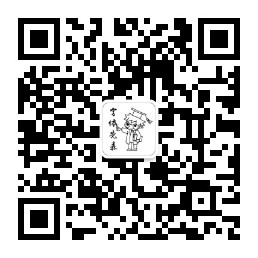




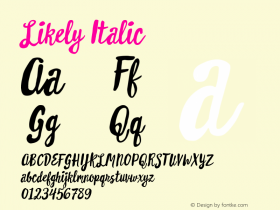













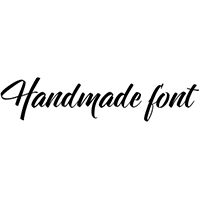

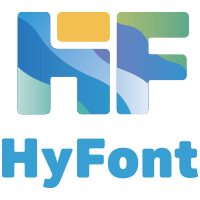
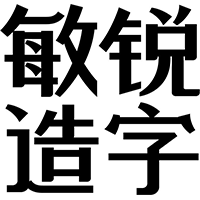



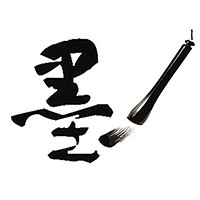





 闽公网安备35010202000240号
闽公网安备35010202000240号